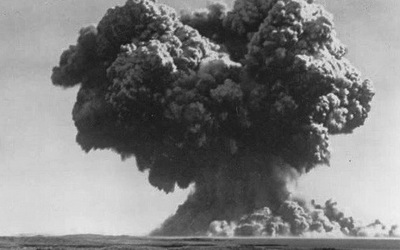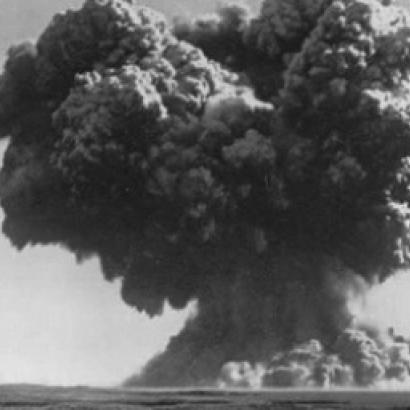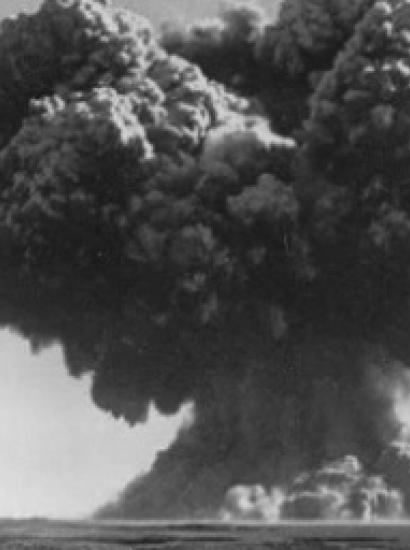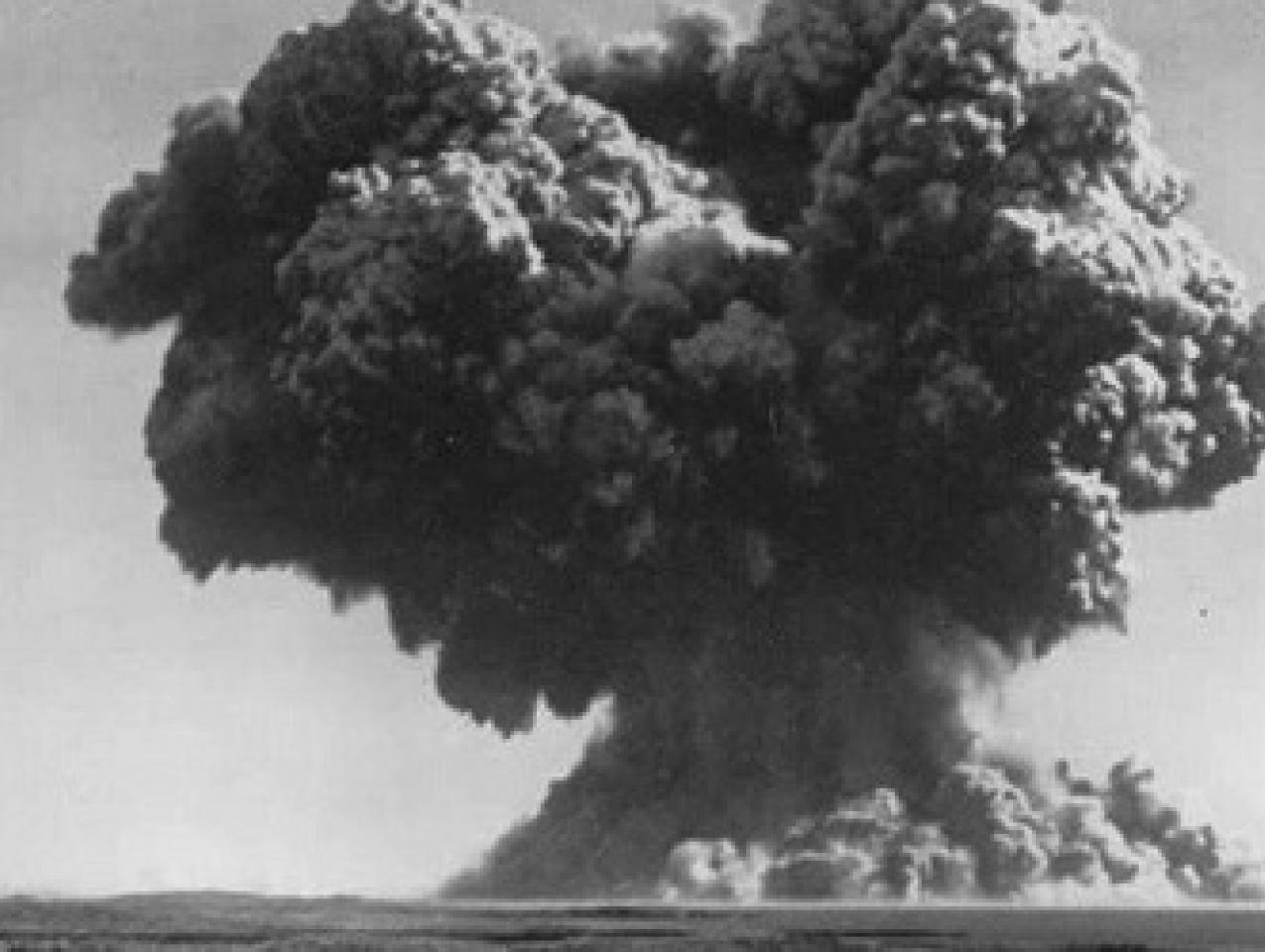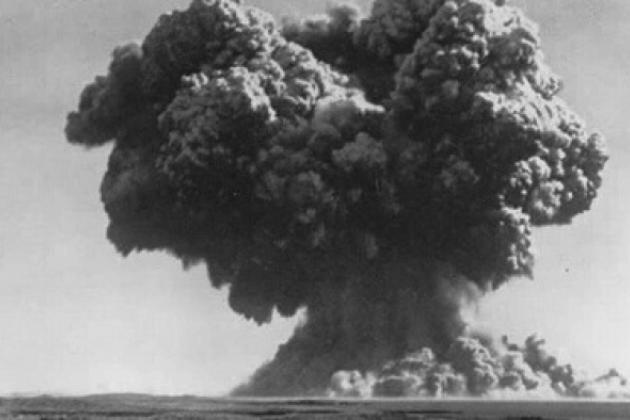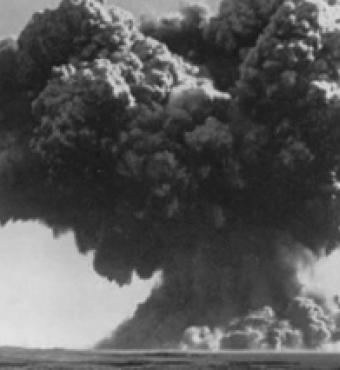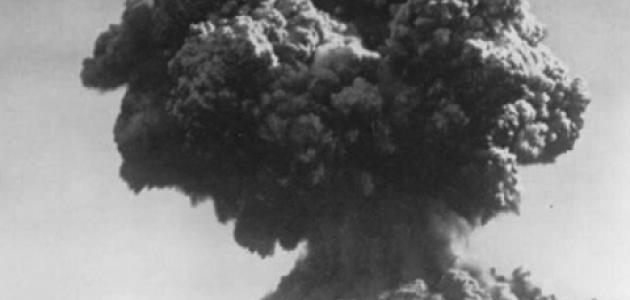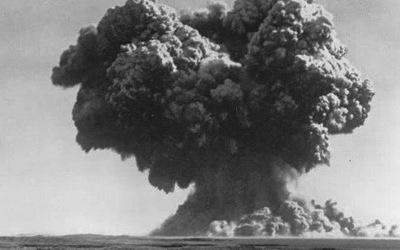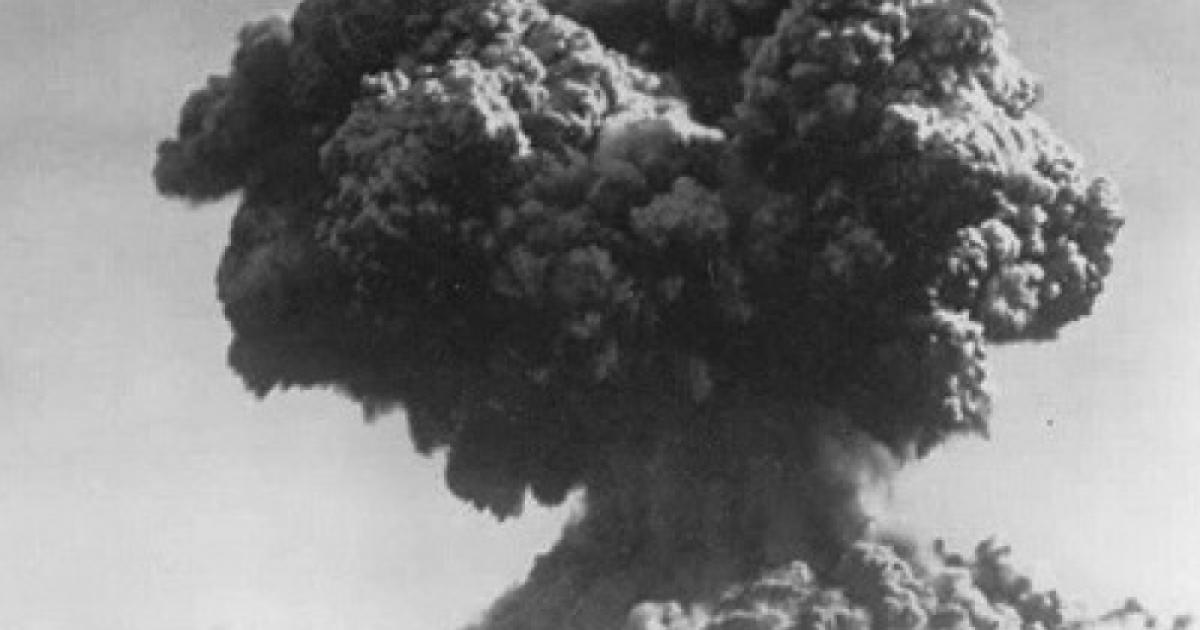- International Affairs
- US Foreign Policy
Editor's note: The following essay is the final installment in a seven-part series of excerpts from George P. Shultz's new book Issues on My Mind: Strategies for the Future. Defining Ideas will feature these short excerpts from the book, accompanied by video interviews of Secretary Shultz.
Today, the critical importance of coming to grips with the nuclear threat is greater than ever. We are in danger of stalling out in the effort to diminish and, in the end, eliminate the nuclear threat. We live in an era in which terrorist groups would not shrink from using a nuclear weapon of the size used at Hiroshima if they could get their hands on one. The threat of proliferation, illustrated by the nuclear ambitions of Iran and North Korea, is all too real, as are the explosive possibilities emanating from the tensions between nuclear-armed Pakistan and India.
So the threats of proliferation and use of nuclear weapons are great, and greatly disturbing. If North Korea succeeds in the development of a long-range missile, the scope of its threat is enhanced. North Korea is also a clandestine supplier of nuclear material to other countries. If Iran succeeds in its effort to create a nuclear weapon capability, other states in its neighborhood will follow. More ominously, Iran continually expresses its determination to wipe out Israel. We are at a difficult tipping point. Negotiations with Iran appear to be a sham, and we are close—and moving closer day by day—to the point where major military action may be the only option.
But we should remember that major action is not the only approach. In his book Taking on Iran (2012), my colleague Abe Sofaer calls attention to the fact that Iran has attacked and continues to attack Americans and our allies without any response from the United States. For example, Iran has supplied arms to fighters in Iraq and Afghanistan that enable the killing of Americans, and it was behind the attempted assassination of the Saudi ambassador to the United States on U.S. soil.
On November 1, 2012, Iran fired at an unarmed U.S. drone over international waters, with no real reaction. Limited but effective responses on targets removed from population centers would make it clear to Iran’s leaders that we know what they are doing and we are ready to act in defense of our interests. Such exercises of strength would increase the prospect of successful negotiations and a peaceful outcome.
India and Pakistan present completely different issues. The urgent need is to diminish tensions between them and thereby lessen the need for nuclear weapons and reduce the possibility of their use. Work is under way on this subject and some progress has been made, particularly in encouraging greater flows of trade and other economic engagements between the two countries. Clearly, the way ahead will be long, difficult, and dangerous. This problem is complicated by tensions between India and China, with its impressive and somewhat obscure nuclear-weapons program.
Where do we go from here beyond working at the tough issues just discussed? We need to stay on the offensive, continuing to expand positive efforts to move the world in the direction of reduced reliance on nuclear weapons with the goal of eliminating them entirely. One obvious line of work stems from the connection of the vision of a world free of nuclear weapons with the important steps needed to get to that goal. We need to move beyond the expectation of further reductions in U.S and Russian arsenals, which are clearly needed. The steps call for work on a global scale with the many countries that have an interest and a stake in this area. We must create what might be called a Joint Nuclear Enterprise—a way of enlisting all the relevant nations to work toward taking the steps that will lead to a world free of nuclear weapons.
The unanimous vote in the UN Security Council on September 24, 2009, was an important marker. Periodic meetings of the 189 nations that are signatories of the Non-Proliferation Treaty are also cause for optimism. In addition, with strong leadership by the United States, two meetings of some forty heads of government have been held to discuss ways to gain better control of fissile material. This model could be expanded to include other key steps, recognizing that each one, individually, will make the world safer while accelerating movement toward the ultimate goal of the total elimination of nuclear weapons.
Difficult work and real dangers lie ahead. We must move forward with firm resolve, remembering an existential fact. The devastation that might result from the use of even one thermonuclear weapon, infinitely more powerful than the one that hit Hiroshima, underlines the vital importance for all humanity of this effort to rid the world of nuclear weapons.







